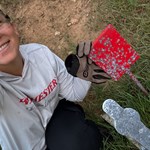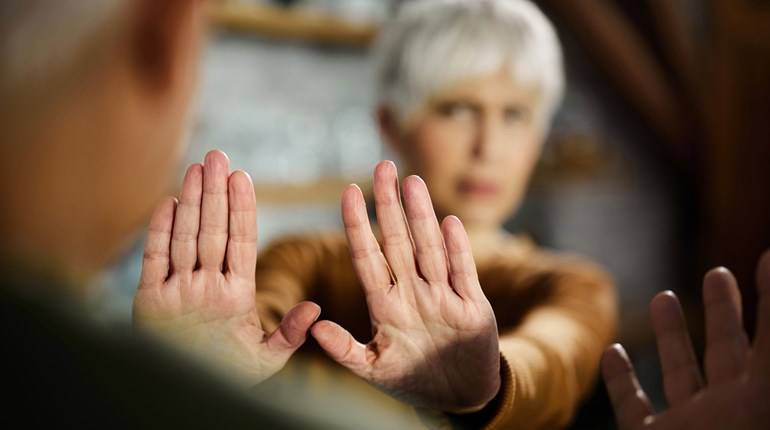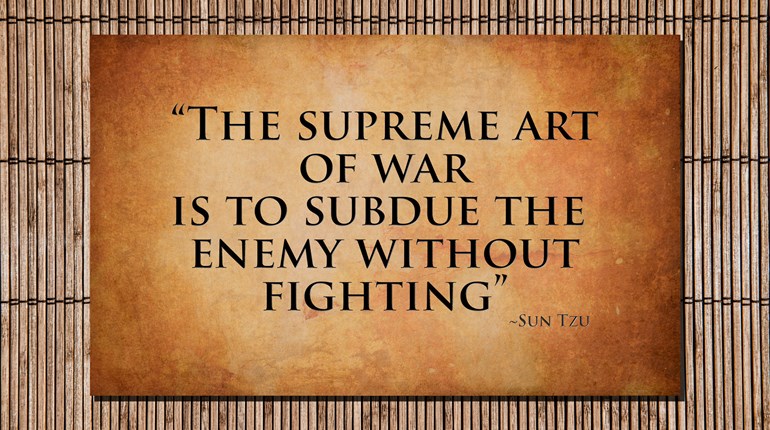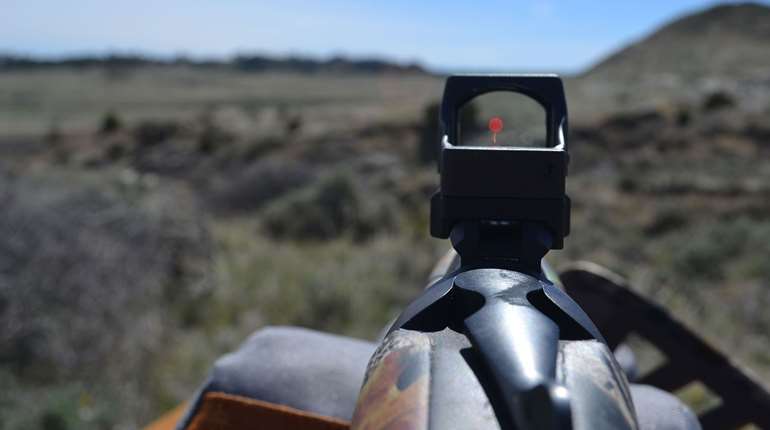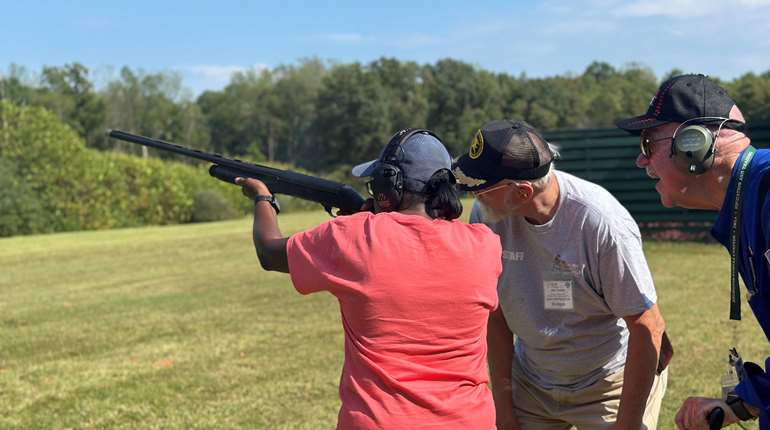
At the range, when we’re punching holes in paper, putting fresh ammo in our gun becomes a pretty simple thing: Most us shoot until the slide locks back, telling us our gun is empty, and then we reload because we have to. But if you’re ever in a self-defense shooting situation, when to reload becomes a much bigger consideration. If you wait until the gun is empty and you have to reload, you can find yourself in a very precarious situation, giving your attacker(s) time to advance or shoot while you’re trying to get your gun up and running again. In a self-defense situation, you don’t wait to reload when you have to—as Gunsite Academy instructor Mario Marchmann says, you reload when you can and when you want to.
That said, there are a few kinds of reloads you can do in an emergency, when the threat is not handled and you have to keep shooting. They have different names depending on who’s doing the teaching, but I’ll call them the Empty Chamber Reload, the Single-Shot Reload and the Tactical Reload.

Room clearing (which you should never do by yourself unless you absolutely have no choice) is the type of scenario where tactical reloads might be required.
The Empty Chamber Reload
You should try to manage your ammo as best you can, but it’s extremely difficult to keep track of how many rounds you’ve fired in a stressful situation, so don’t be surprised if you do shoot your pistol or AR-15 dry despite your best intentions. If this happens, you must immediately evaluate the situation— is the bad guy still shooting or the grizzly bear still charging?
If so, you’ll perform an empty chamber reload, sometimes called a speed reload or a combat reload. Your magazine is still in the gun, but it’s empty, and the slide is locked back. This can also be performed when you know you’re down to one or two shots, so you’re not at slide lock yet.
Keep the gun in your strong-side hand, pointed in the direction of the target. Grab your new, full magazine by the bottom with your off-side hand, pointing your index finger forward across the front of it to provide a steady platform. You should always carry your spare mag(s) on your weak side, bottom up, bullets facing forward; this allows you to turn your hand over naturally and have the magazine in the perfect position to slip right into the gun.
As your weak hand is coming up with the full magazine, then and only then do you hit the mag release on the pistol. This allows you to retain the dumped mag as long as possible, which is helpful if it still has a round or two in it. Let it drop to the ground unless you have plenty of time to retain it. Slap the full mag in the gun, hard, then run the slide and you’re back in the fight. You can pick up the dropped mag later when the dust settles.

Wearing spare magazines on your weak-hand side will help with fast handgun reloads.
The Single-Shot Reload
If you’ve run the gun totally empty and you’re still under attack, and you need to keep shooting right now or else, the fastest way to get off the next shot might be a single-shot reload, depending on the gun. This is just what it sounds like—you’ll drop a single cartridge or shell into the chamber, close the bolt or slide or pump and shoot. It will help to tilt the gun slightly chamber-side-up so the cartridge or shell doesn’t just fall right out before you can close it.
This is fast, but it’s a one-shot deal, and you’ll have to repeat it for each subsequent shot. This drill is most commonly seen with tactical shotguns, which take longer to load than pistols and ARs. If you’re shooting a magazine-fed gun like a pistol, it’s just as fast to swap in a whole new mag.
The Tactical Reload
This is the reload you do when you can and when you want to. You’re in a fight for your life, and it’s not over, but you’ve got a few seconds of respite. Maybe you’ve found some cover, or the bear turned aside to stare you down, or you think you’ve handled all the bad guys, but you’re aware there could be more in the next room. Whatever the reason, you’ve been shooting and you’re not sure how many rounds you have left in the gun, but you have a couple of seconds and you know you’d be better off with a full gun just in case.
The Tac Reload works much like the Empty Chamber Reload, except you’ll be retaining the partially full magazine you pull out of the gun. Keeping the gun in your strong hand, pointed in the direction of the threat, with your arm still extended so you can shoot if the need arises, grab a full mag with the thumb and index and middle fingers of your weak hand. Bring it up to the gun, grasp the mag that’s in the gun between your pinkie and ring finger, and release it. Pivot your hand to insert the new mag, and the gun is ready to shoot. Stash the partially full magazine in a pocket or in your now-empty mag holster or somewhere else in case it’s needed later.
This is a pretty awkward maneuver the first time you do it, so try it in training a couple times to get used to the finger placement.
The good news is, needing to reload in a self-defense situation is extremely rare, so it’s unlikely you’ll ever have to employ any of these techniques. But they’re smart to be aware of and train for just in case. Remember, keeping track of your round count during a high-stress situation is nearly impossible for most of us, so the best you can probably plan on is to have a sense of “did I fire a few or a lot?” so you’ll know if and when a tac reload might be a smart idea.

